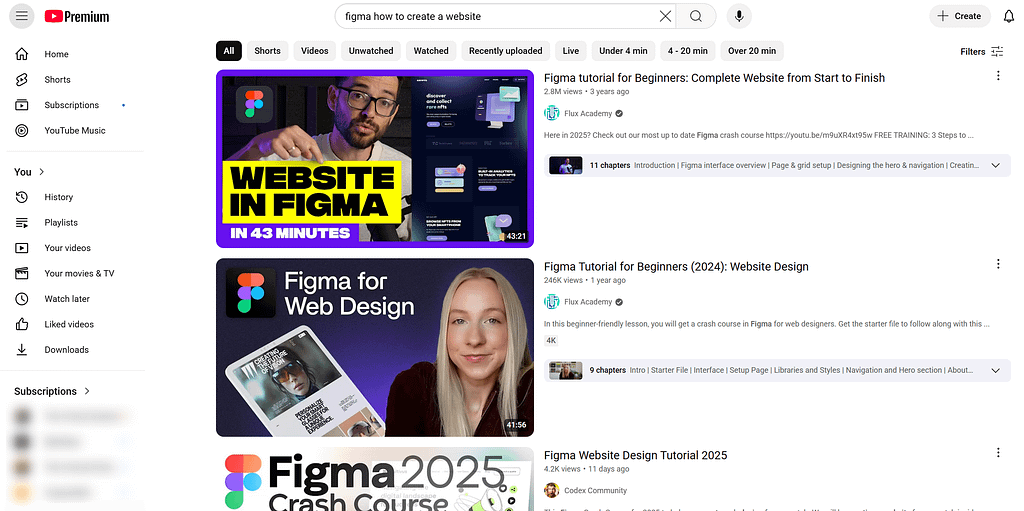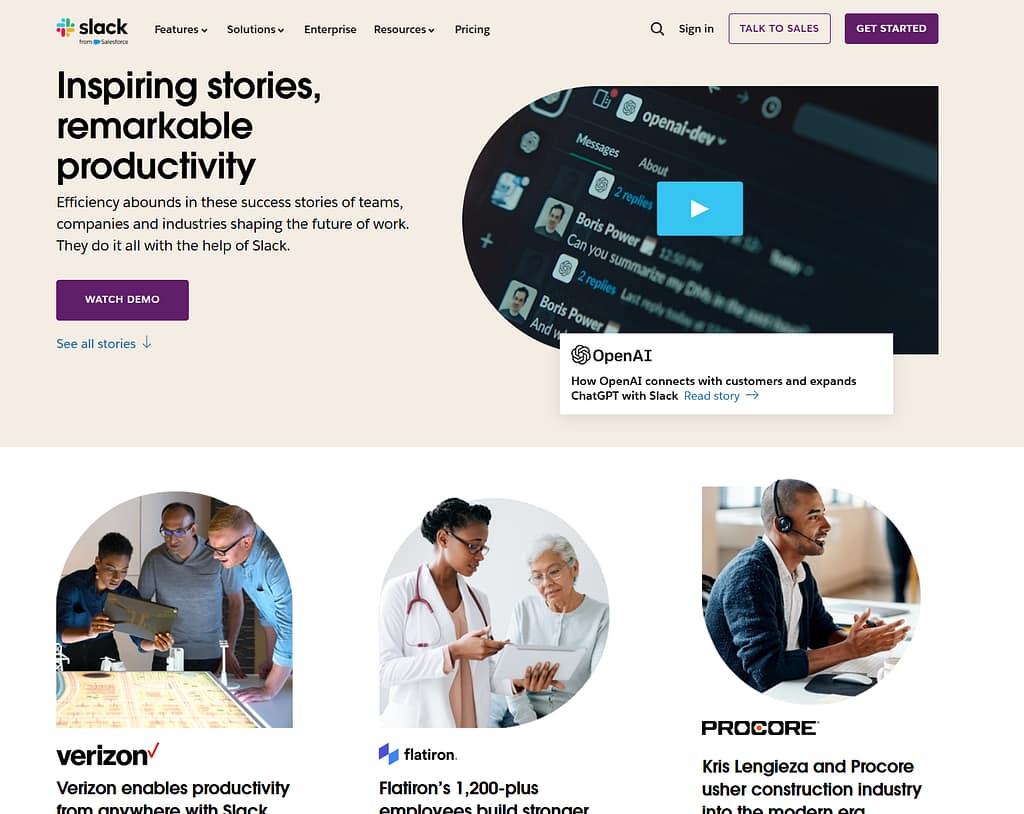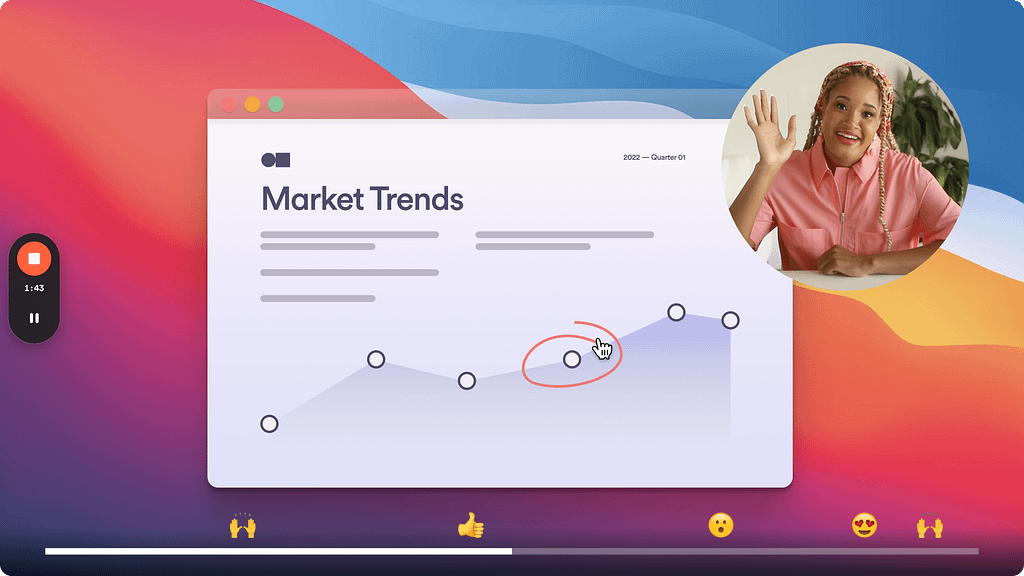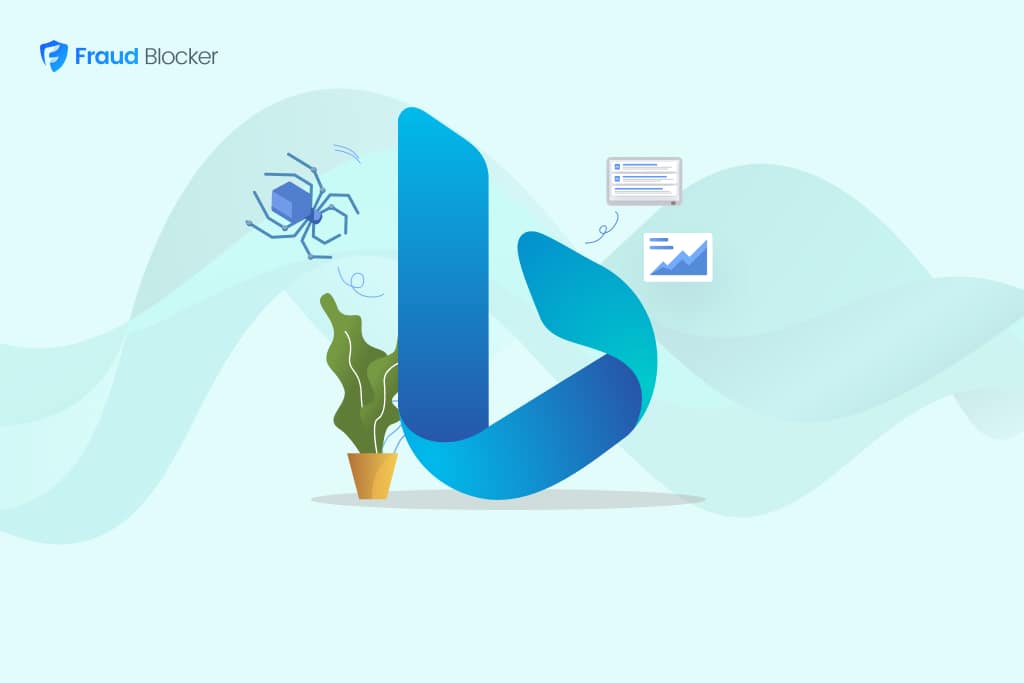
NEW New feature: Verify & block fake emails

We improve your ad performance by blocking click fraud and fake emails

Click fraud is costing advertisers billions in loses. Learn more here.

Click fraud is costing advertisers billions in loses. Learn more here.
For a handful of companies—Tesla being the famous outlier—marketing took a back seat to product virality and word of mouth. But most tech companies cannot rely on this path. Even Tesla now invests heavily in advertising because ignoring marketing creates a growth ceiling.
The truth is, competition in the tech sector is intense. New SaaS tools, IT services, and digital platforms launch every day. If you don’t tell your story, capture demand, and nurture customers, your competitors will.
This guide outlines 12 proven marketing strategies for tech companies, from content to partnerships. Each strategy includes real-world examples and practical steps so you can adapt them to your unique goals.
Content is the foundation of nearly every successful tech marketing strategy. Buyers—whether they’re IT managers, CTOs, or startup founders—research extensively before they purchase. If your company consistently publishes helpful, solution-focused content, you become a trusted advisor instead of a pushy vendor.
Example: Notion
Notion scaled globally by leaning into content-driven growth. Their playbook includes:
How to Apply It
Influencers aren’t just Instagram celebrities. In B2B and IT marketing, trusted voices carry enormous weight. When industry experts endorse or showcase your product, prospects listen.
Example: Figma
Figma cultivated relationships with design thought leaders. These influencers created tutorials and showcased workflows—effectively teaching entire industries why Figma was better than incumbents.
How to Apply It

Paid ads remain a powerful tool—but they can drain budgets quickly if not executed with precision.
Example: Airtable
Instead of pushing direct demos, Airtable used lead magnets like templates tied to specific industries (marketing calendars, project trackers). These resources converted at higher rates than cold demo requests.
How to Apply It
Continuous Optimization: Run A/B tests on ad copy, creative, and CTAs to improve ROI over time.
Prospects trust peers more than brands. Case studies and reviews serve as social proof, showing real-world results.
Example: Slack
Slack’s customer stories showcase how companies—from startups to Fortune 500s—drive measurable productivity gains. Each story blends metrics, quotes, and human narratives.
How to Apply It

Organic search drives sustainable growth—but today, competition is fierce.
Example: Zapier
Zapier mastered programmatic SEO by creating thousands of integration pages (e.g., “connect Google Sheets with Slack”). This captured long-tail search demand their competitors ignored.
How to Apply It
Programmatic Pages: If relevant, scale landing pages around integrations, use cases, or industries.
Email is still the highest-ROI channel for B2B. But blasting generic newsletters is a quick way to lose subscribers.
Example: Intercom.com
Intercom has a number of key features including chat and a CRM system, but their email platform is first class. You can drag-and-drop to create email sequences and target specific users based on dozens of critical behaviors or demographics.
How to Apply It

Video helps explain complex products in seconds. Done right, it builds trust and emotional connection.
Example: Loom
Loom showcases its tool through authentic customer use cases. Instead of scripted ads, real people show how asynchronous video makes work faster.
How to Apply It

Tech companies often underperform on social because they rely on faceless brand accounts. The real power is in authentic personal voices.
Example: SparkToro
Rand Fishkin and Amanda Natividad use their personal profiles to post thought leadership. Engagement is far higher than SparkToro’s brand account.
How to Apply It
Partnerships open doors to new audiences instantly.
Example: Shopify
Shopify’s partner ecosystem of agencies, resellers, and app developers helped it dominate the e-commerce market.
How to Apply It
Affiliate marketing aligns incentives—you only pay when affiliates drive results.
Example: Webflow
Webflow’s affiliate program taps into its strong design community, encouraging creators to recommend the platform while earning commission.
How to Apply It
PLG flips the old enterprise model. Instead of sales demos, users start free and self-upgrade.
Example: Miro
Miro hooks new users with free whiteboards. As teams grow, they upgrade for advanced features.
How to Apply It
Events remain powerful for building brand authority—whether virtual or in person.
Example: HubSpot INBOUND
INBOUND attracts thousands each year, combining thought leadership with networking and celebrity appearances.
How to Apply It
With so many possible approaches, it can be overwhelming to decide which strategies are the best fit for your business. Instead of trying to do everything at once, evaluate your options through these five lenses:
Marketing a tech company requires a blend of inbound and outbound strategies tailored to the buyer journey. Inbound efforts like content marketing, SEO, and email nurture attract and educate prospects. Outbound methods such as paid ads, events, and partnerships help capture attention quickly and generate demand at scale.
It’s important to align tactics with your company’s stage of growth. For example:
The key is creating a repeatable, measurable system that balances short-term pipeline generation with long-term trust-building.
A GTM strategy is a comprehensive plan to launch and scale a product in the market. It defines your target audience, value proposition, pricing model, sales channels, and marketing mix. For tech companies, GTM often focuses on:
For example, a SaaS company may use a freemium product-led GTM to attract small users, while simultaneously building an enterprise outbound sales motion. The most successful GTM strategies are agile—constantly evolving based on customer feedback, competitor moves, and market shifts.
While there are many variations, most tech companies fall into one of two categories:
Many successful companies adopt a hybrid approach, layering inbound to build sustainable growth and outbound to accelerate pipeline velocity.
Branding goes beyond logos and taglines. For tech companies, it’s about creating a consistent identity and customer experience across every touchpoint.
Great tech brands—like Slack, Notion, or Stripe—are known not just for their visuals but for the feeling they deliver: simplicity, trust, innovation, or empowerment. Your goal should be to align brand identity with customer expectations and reinforce it in every interaction.


